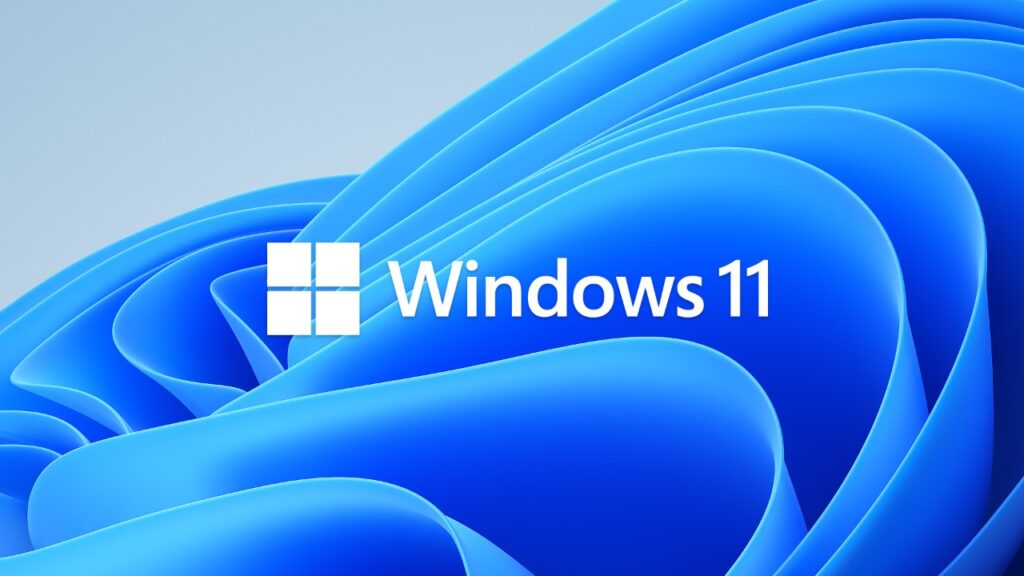
The enthusiasm that surrounds tech products is normally saved for high-profile tech giants releases, who frequently launch a new flagship piece every few years. However, since Microsoft unveiled its new operating system (OS) in a virtual event on June 24, there has been a level of anticipation not seen in a prolonged time for a new operating system (OS) release of this magnitude.
There has been a speculated rumour flying around for years now that Windows10 was the last major operating system (OS) push from a generational software cycle of windows. However, the software behemoth has since changed its gears, and is back with Windows 11 — the first substantial software update for Microsoft’s desktop operating system (OS) in nearly six years. By including pastel shades and rounded corners, the company plans on infusing modern touches to the personal computer (PC) experience, along with a cleaner user interface (UI).
Here’s a dive into everything that’s new:
Design changes in the Taskbar
This newly redesigned desktop operating system (OS) offers a long-overdue overhaul to its services, including a revamped Start menu to greater smartphone integration to a novel app store with Windows and Android app access. One of the most noticeable and centric changes within Windows 11 is that the start menu alongside the app tray will no longer be default placed at the bottom left corner of your desktop. Instead, it will now have a center alignment on the Taskbar, comparable to the Chrome OS launcher. Many were quick to point out this immediate overlooking resemblance with Apple’s macOS-like interface.
The revamped Taskbar for Windows 11
Revamped File Explorer
The new File Explorer has also received a makeover. It now has a clean and simple interface while still preserving the old roots. The former ribbon interface, which debuted with Windows 8, has been replaced with a modern header menu and new icons. The context menu has been overhauled, and it now appears to be less cluttered than before.
Live Tiles and Personalisation Page
Live Tiles also will no longer be available and have been replaced by simpler icons. The redesigned Start menu will now reveal pinned apps immediately, as well as have a Recommended area based on files you’ve recently opened. The app tray also has a search box, making it simple to locate apps and documents.
There’s also the new personalisation page in Windows 11. It allows you to choose from six different Windows themes, with some of the darker themes turning on the dark mode automatically. The touch keyboard now has a theme system, with over 13 different themes to pick from.
Settings Overhaul
The next complete 360 move in this courtier of changes is the Settings app. It is not only more visually pleasing now, but it is also easier to navigate through different areas. Each category now has a name and a list of subclasses to help the user easily discover whatever they’re looking for.
All New Widgets
Earlier, widgets were also supported by the Windows Vista operating system (OS) but were perpetually housed in a sidebar, providing up-to-date information on a variety of fronts such as weather, stock market, and so on. This time around, the widget tab is easily customisable and attempts to replicate the experience users have on a smartphone or a tablet. You can now access widgets from the Taskbar and can personalise them to display whatever you like.
Virtual Desktops and Snap Layout
Windows 11 will allow you now to set up virtual desktops in a manner more akin to Macs, allowing you to switch between multiple desktops at once for personal, work, or gaming use. This was more difficult to set up and use in Windows 10.
Snap layouts are one of the most exhilarating features in Windows 11. Different window styles are now available to manage your screen. You can choose the layout and the position inside the layout where you want that specific window to appear. The goal is to manage numerous windows screens at once. Widgets have also been included in Windows 11, and they have better utility in the new operating system (OS).
MS Teams: a new competitor in the market?
Another shocker within the list of changes was the Microsoft Teams integration within the Taskbar, especially because Microsoft purchased Skype nearly a decade ago for $8.5 billion in hopes of establishing it as the forefront for video conferencing for Windows. The recent switch-up is most likely to face stiff competition from other more informal platforms like Zoom, Google Meet, and FaceTime. Teams can now be accessed from Windows, Mac, Android, or iOS.
Enhance Touch Experience
Microsoft also has a goal for tablets by improving the touch experience, with more space between icons on the Taskbar and the addition of gestures. Windows 11 also adds haptics to your digital pen, allowing you to hear and feel vibrations while taking notes or drawing. The operating system (OS) also incorporates voice typing and commands throughout the system.
Android apps via amazon store:
A major breakthrough within the new software patch was that Android apps will now be available for download in Windows 11 through the Amazon Appstore and can be downloaded from the latest Microsoft Store. Presently, there are ways to do it using free emulators for Windows and macOS. On the other hand, Microsoft attempts to accomplish this with as little emulation as possible, and if possible, none at all. This would depend on your computer and app availability.
Amazon will create a Windows client for the Amazon App Store. To download apps, you’ll need to sign in with your Amazon account. This implies that you’ll have two App Stores open on Windows at all times, with two places to check for updates. Hence, in its present form, the ideation doesn’t appear to be very streamlined.
Improved gaming: Auto High Dynamic Range (HDR)
Microsoft has taken another step toward integrating PCs and Xbox consoles. To improve gaming on your Windows PC, Windows 11 will include features found on Xbox consoles such as Auto HDR and DirectStorage. Auto HDR will allow games to render a much wider range of brightness and colours, creating an enthralling visual experience, and DirectX 12 Ultimate will enable immersive graphics at high frame rates. Furthermore, the Xbox App is now built into Windows 11, making it easier to access Game Pass, allowing users to browse and play over 100 PC games from various genres.
Beginning later in the 2021 calendar year, Windows 11 will be made available as an upgrade to eligible Windows 10 devices. If you already have Windows 10, you can upgrade to Microsoft’s newly redesigned operating system (OS) for free. Windows 11 will also be available on new devices that meet its new requirements. It is safe to say that although the new operating system (OS) is not a total remodel of its previous renditions, it definitely is a recoat on them.
Although it’s distinct, it still maintains a sense of familiarity to its core. Windows 11 is more than just a redesign of the menu or a boost in gaming visuals — it is a present-day desktop operating system (OS) that is vying to integrate with a world dominated by cell phones.
With its new features such as dynamic refresh rate, haptic feedback support, and improved multi-monitor and touchscreen support, will Windows 11 break the alternate software failure-success chain that Microsoft has seen so far? The only way to know is to wait and see.
Written by Adil Khan and Divyansh Kulshreshtha for MTTN
Edited by Suhani Kabra for MTTN
Featured image via microsoft.com
Images via microsoft.com, techcrunch.com, cnet.com, microsoftcentral.com
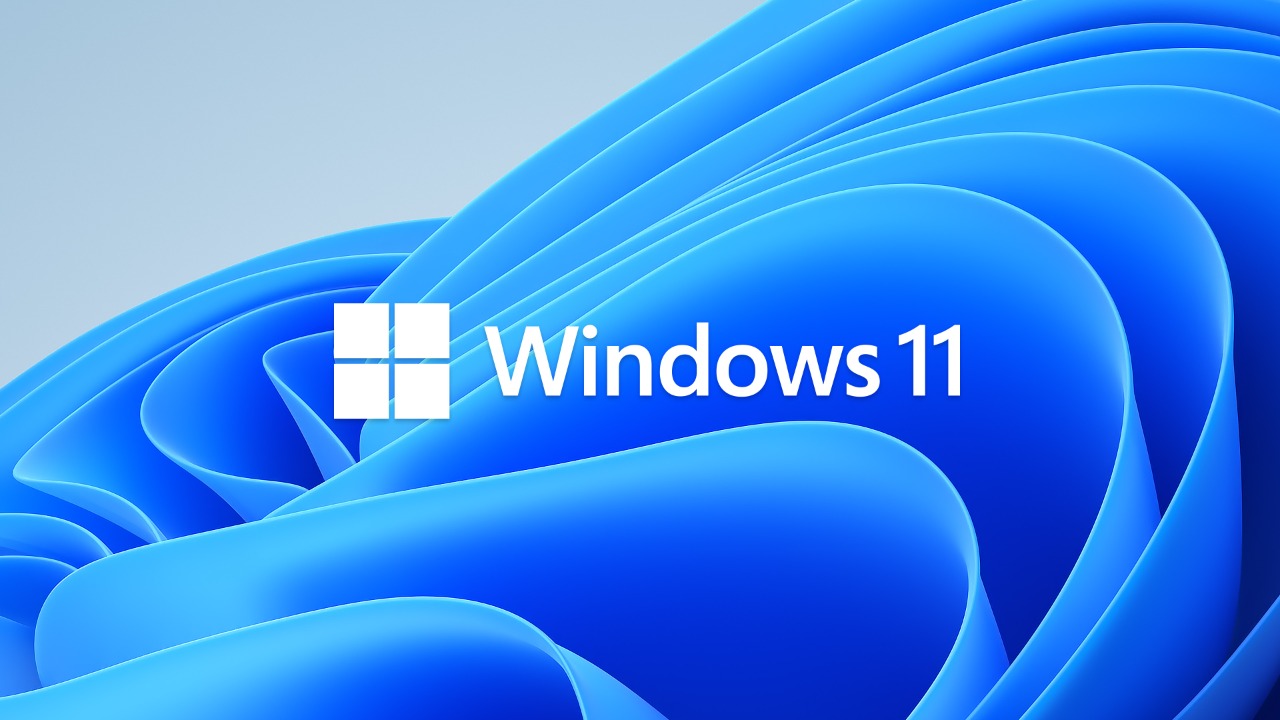
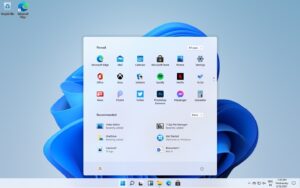
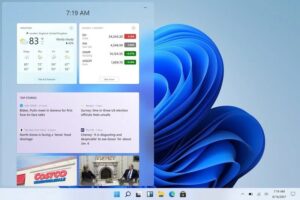
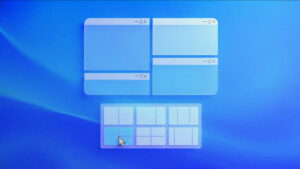
Leave a Reply
You must be logged in to post a comment.